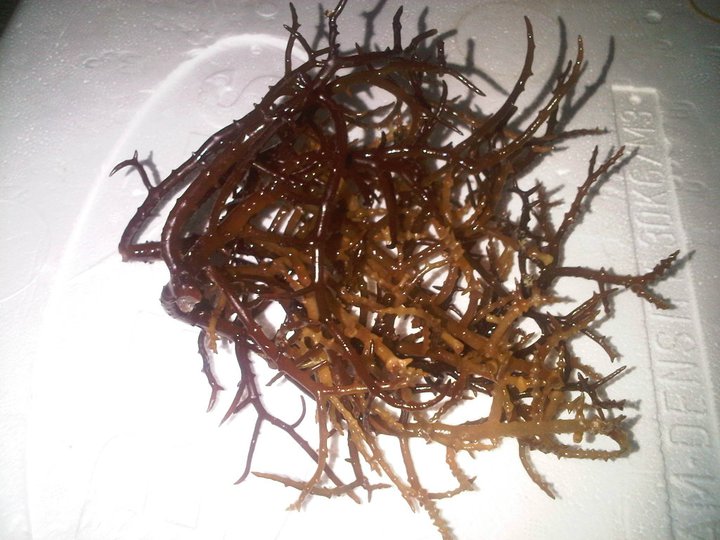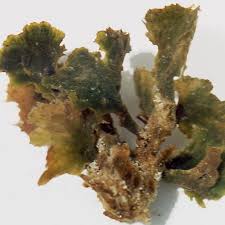Novel Implementation of Chlorophytes and Rhodophytes
Novel Utilizations of Globally Invasive Algal Species: Environmental and Economical Implementations of Fermented Macroalgae
Sreelakshmi Kutty and Ariana Kim
This project was done under the mentorship of Dr. Samir Khanal from the Molecular Biosciences and Bioengineering Department at UH Manoa.
ABSTRACT
Invasive macroalgae impacts coasts, ecosystems, and communities on a global scale, but utilizing this wasteful substance can fulfill future demands and need for sustainable resources. The green algal species Avrainvillea amadelpha and the red algal speices Eucheuma spinosum were fermented using methanogenic bacteria from cow manure, another organic pollutant. Both species were then tested for their nitrate, nitrite, ammonia, and total khejaldal nitrogen contents before and after fermentation. Additional analyses prior to fermentation include tests for fiber, lignin, cellulose, and hemicellulose.
Based on these results, it was determined that the two species can be utilized towards four specific sub-projects. Avrainvillea ama. shows promise for ethanol production and is a viable resource for lignin extraction. Through Scanning Electron Microscopy, it was found that fermentation managed to break down the cell wall of the red algal species. Then, this lignin can then be used to create a variety of paper products but most importantly, carbon nanofibers - the future of technology.
Conversely, Eucheuma sp should be used as fertilizer and animal feed. Further testing proved that this species is a superior fertilizer in comparison to today’s four most commonly used products. Eucheuma sp. can also be used as animal feed, reducing the need to rely on vast amounts of land and water to sustain the animal agriculture industry. Thus, we found environmentally friendly and cost-sustainable ways to utilize various types of macroalgae through a novel process of fermentation.


A Closer Look at the Algal Culprits
Both Avrainvillea amadelpha and Eucheuma spinosum wreak havoc to coastal marine ecosystem. Their rapid growth rate and ability to grow in variable environmental conditions allow them to dominate coral landscapes, descimating marine life. This is particularly harmful for Hawai'i, as it is home to thousands of native species found uniquely in these waters. Organizations suchs Kupu and the Hawai'i Nature Conservancy actively work to clean up these species along the island shorelines. Another type of red macroalgae, Gracilaria salicornia, (or commonly known as Gorrila ogo), is often used as a plain fertilizer additive.
Competed at the 2015 and 2016 INTEL International Science and Engineering Fair, earning 3rd place in Chemistry and 2nd place in Environmental Engineering respectively.
Featured on Star Advertiser.
You can learn more at Hawaii Public Radio.